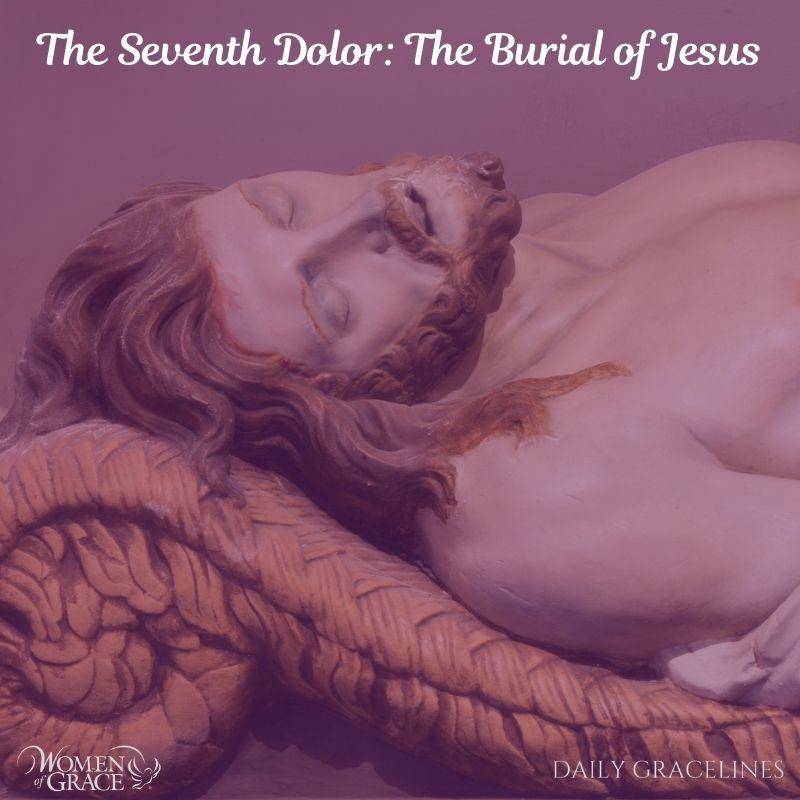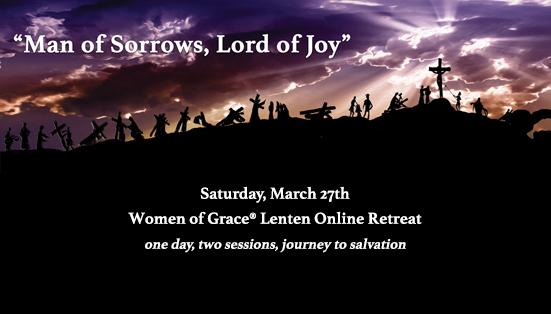March 10
The Seventh Dolor: The Burial of Jesus
From the beginning of the victim’s torture until after his death, crucifixion was a nasty and brutal affair. It was rare that the criminal was buried after he died. Most typically, the body was left to be devoured by beasts and birds of prey. One exception, however, applied to Jews. Because their religious law required a person accused of a capital offense to be buried on the same day as his death (see Deut. 21: 22-23), the Romans permitted the body to be removed for burial – usually for a price. Since death from crucifixion could take up to three days, this usually required a hastening of the dying process. Soldiers would often kindle a fire under the crucified, or let hungry beasts attack them, or break their bones with an iron mallet to induce suffocation. Fortunately for Our Lord, none of this was necessary thereby fulfilling Scripture (Exodus 12:46).
For Reflection:
Read the account of Jesus’ burial in Mark 15: 42-47. What parallels do you see between it and today’s GraceLine? Though the Blessed Mother is not specifically mentioned, it was customary for the family members of the deceased to prepare the body for burial and then proceed to the burial site in a procession of lamentation and mourning. Picture Our Lady performing these last acts of love for her Son. What does Mary do? What words come to mind to describe the quality of her actions? What thoughts do you think played at her memory? What emotions did she experience? Journal your reflections.
If you enjoy Daily Gracelines, please prayerfully consider making a donation to support and sustain our apostolate so that we may continue to provide this and all of our resources designed to nourish and grow your Catholic faith.
DONATE











